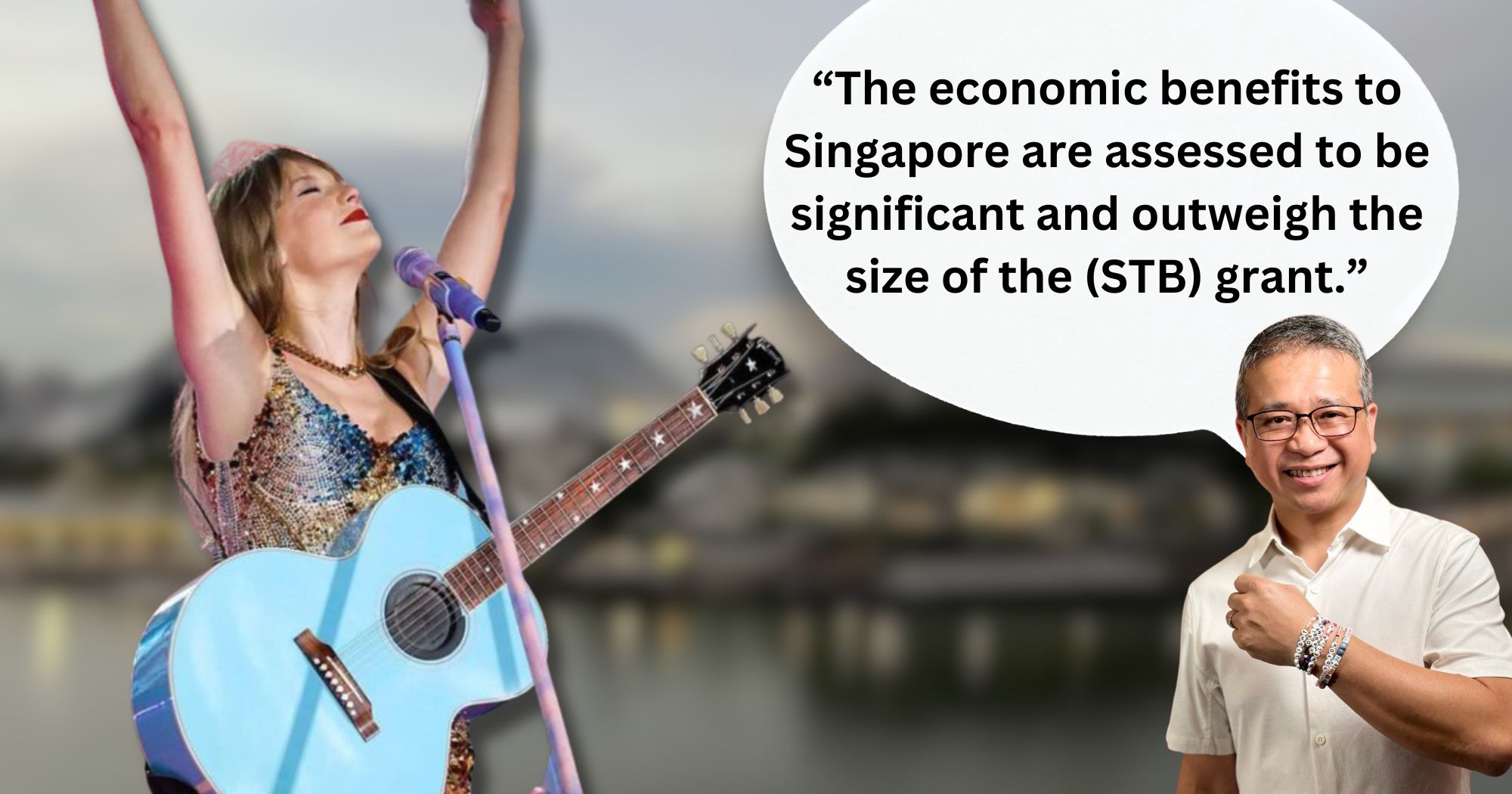Singapore is well and truly caught up in the midst of Swiftmania as global popstar Taylor Swift is more than halfway through her six shows at the National Stadium.
If you aren't a Swiftie, chances are the attention surrounding her might have left you feeling bewildered.
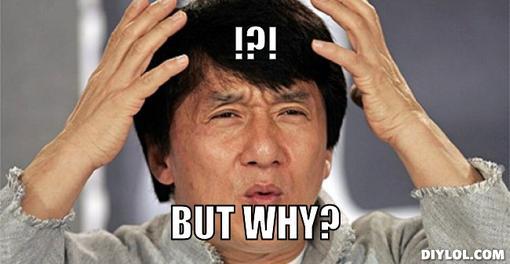
Everyone from brands to politicians have latched onto the zeitgeist that has been gaining momentum since the Singapore dates were announced last June.
The Singapore government was "proactive" in courting the American superstar, according to Edwin Tong, Minister for Culture, Community & Youth.
Tong told Mothership that a multi-agency team met with Swift's agents and promoters early on — before her international tour dates were announced — and struck a deal "quite quickly".
Included in the deal were reportedly US$2-3 million (S$2.69 to 4.04 million) in grant monies and an exclusivity arrangement which resulted in some annoyed words from Asean neighbours.
An estimated S$500 million in tourist spending
But unlike the hordes of Swifties who live and breathe Taylor Swift, the Singapore government has a different reason to relish the moment: the S$500 million in tourist spending that economists estimate Singapore will receive, courtesy of the foreign Swifties who fly here for the Eras Tour shows.
Next to it, the subsidies, which were administered through the Tourism Development Fund, look like peanuts.
But where is this S$500 million and how do we see the effects?
The economic boost brought about by "Swiftnomics" is quite real.
In Japan, Eras Tour-induced spending was estimated to be ¥34.1 billion (S$305 million) for four days of shows.
When Swift brought the Eras Tour across the United States in 2023, it generated an estimated US$5 billion in consumer spending, and reportedly saved the country from falling into a widely-predicted recession.
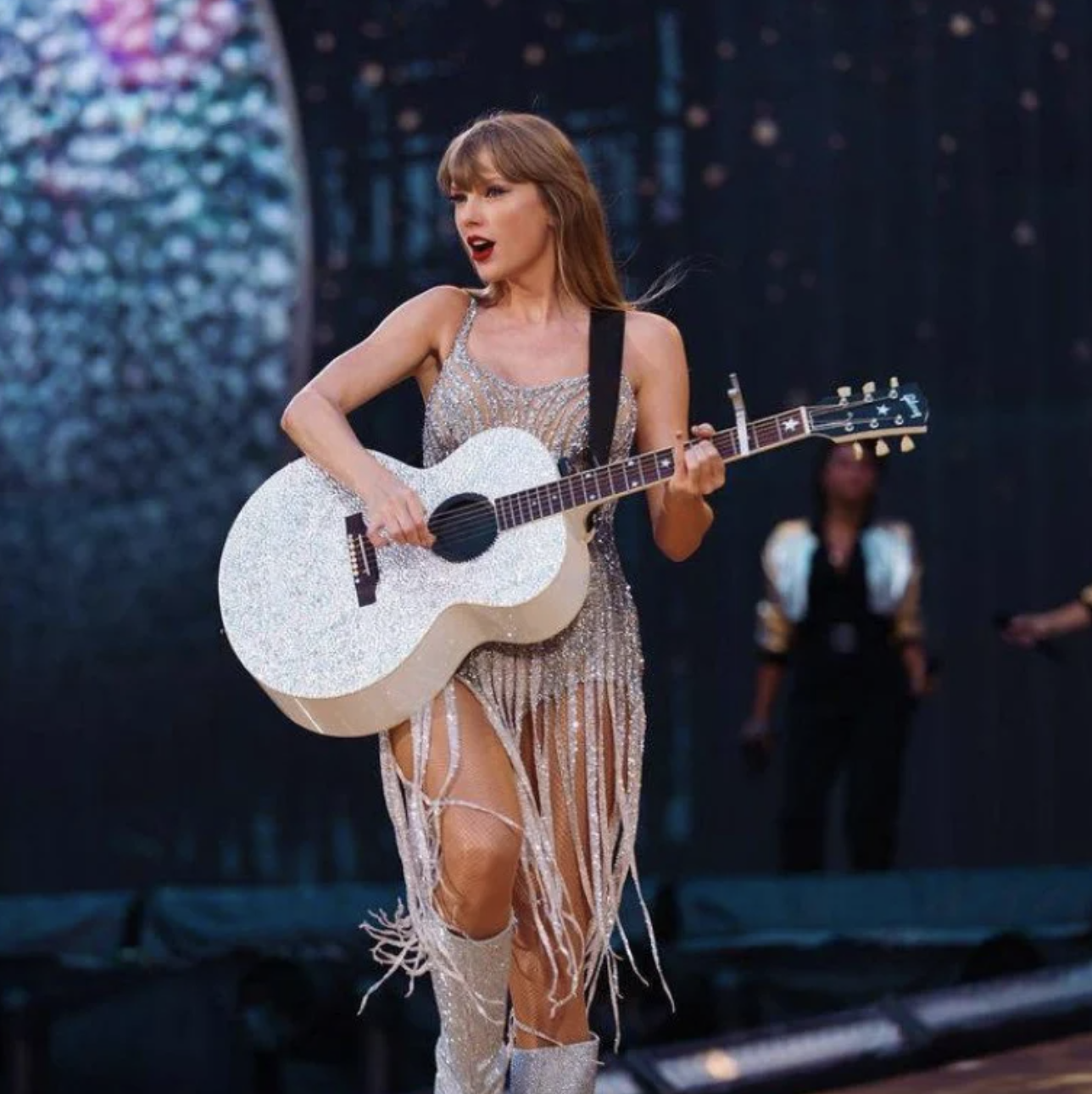 Swift's Eras Tour reportedly triggered spending that saved the U.S. from falling into a recession. If that were us, that bit is definitely going on our LinkedIn page. Image: Taylor Swift/Instagram
Swift's Eras Tour reportedly triggered spending that saved the U.S. from falling into a recession. If that were us, that bit is definitely going on our LinkedIn page. Image: Taylor Swift/Instagram
Even so, it's hard to picture it because firstly, it's an estimated figure based on a set of assumptions.
Writing for The Straits Times, Lau Kong Cheen, an associate professor with the Singapore University of Social Sciences’ School of Business quotes a different number — S$300 million in concert tickets, accommodation and shopping — based on the assumption that concertgoers from overseas spend as much as the average Singapore tourist (that's about S$2,246 in 3.8 days).
The effects of tourist spending are also largely intangible or quite indiscernable if you're not a direct recipient of it.
It's not like holding CDC vouchers in your hands or seeing cost-of-living payouts credited into your bank account.
So here's one way to visualise it
A group of four young Indonesian Swifties fly to Singapore on our homegrown carrier Scoot to attend one of the six sold-out Eras Tour shows.
They land at Changi Airport and get a quick lunch at the Singapore Food Street in Terminal 3 before calling for a GrabCar ride to their hotel in Bugis.
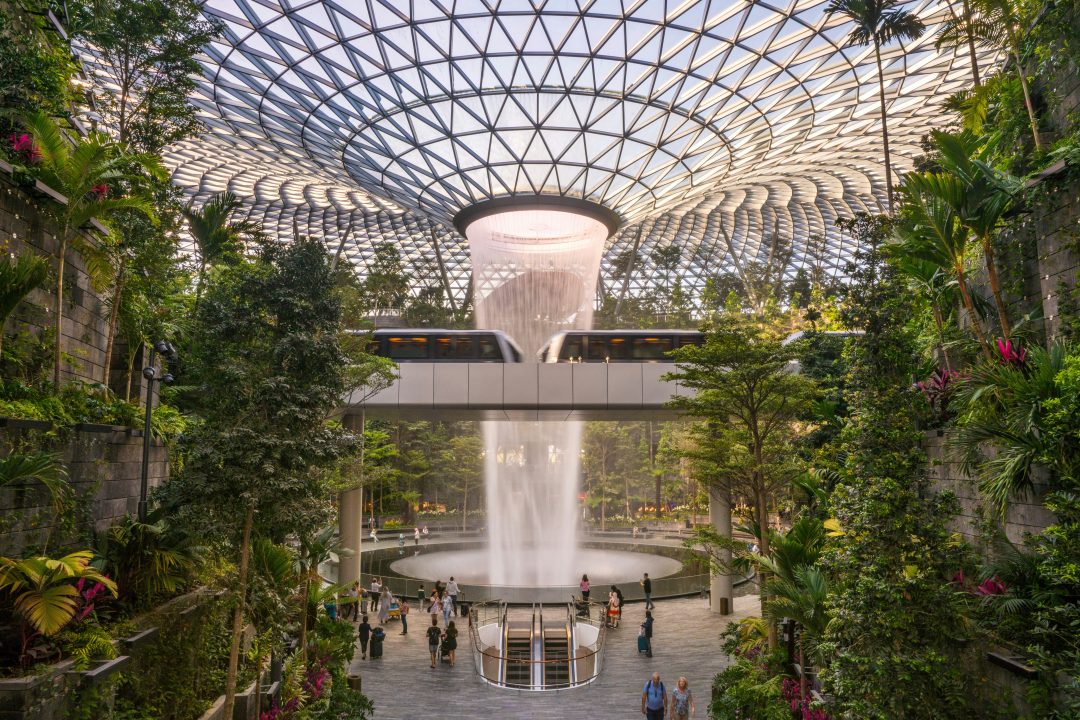 Maybe they make a stop at Jewel because y'know, it's so pretty. Photo by Darren Nunis on Unsplash
Maybe they make a stop at Jewel because y'know, it's so pretty. Photo by Darren Nunis on Unsplash
Come evening, they hail a taxi to bring them to the concert venue, going early to have dinner at Kallang Wave Mall.
Then satiating themselves with bubble tea, they walk over to the National Stadium for the best night of their lives.
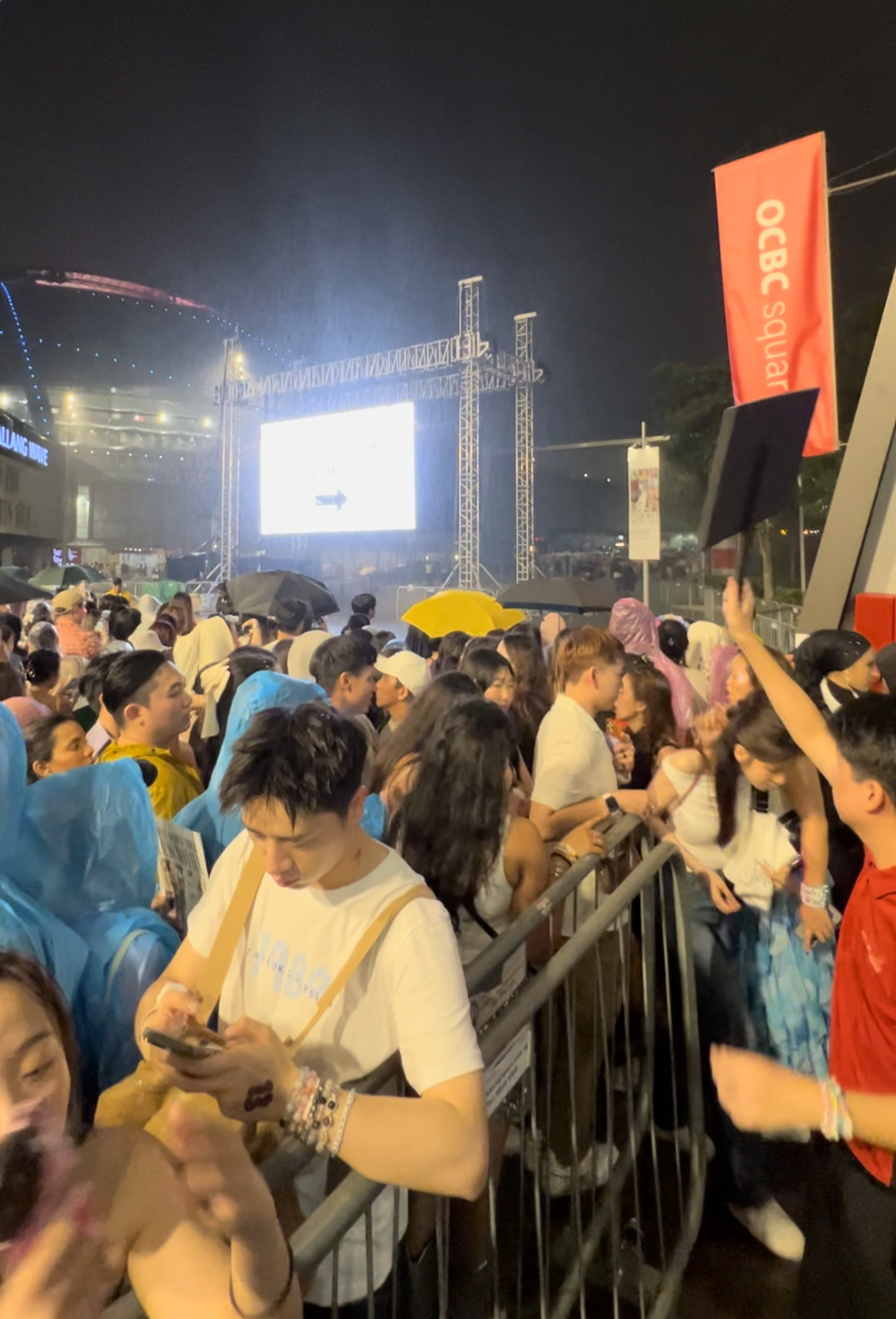 Our four Swifties probably encountered the rain too after the concert, but they're unfazed. Not even the weather could rain on their parade on the best night of their lives. Image credit: Mothership file photo.
Our four Swifties probably encountered the rain too after the concert, but they're unfazed. Not even the weather could rain on their parade on the best night of their lives. Image credit: Mothership file photo.
Post-concert, the four friends have a few days to spare.
They engage the services of a tour guide who brings them on a tour of the National Museum of Singapore, the Botanic Gardens, Orchard Road, and the Singaporean heartlands where they ponder how Singaporeans can live out their lives in tiny boxes in the sky.
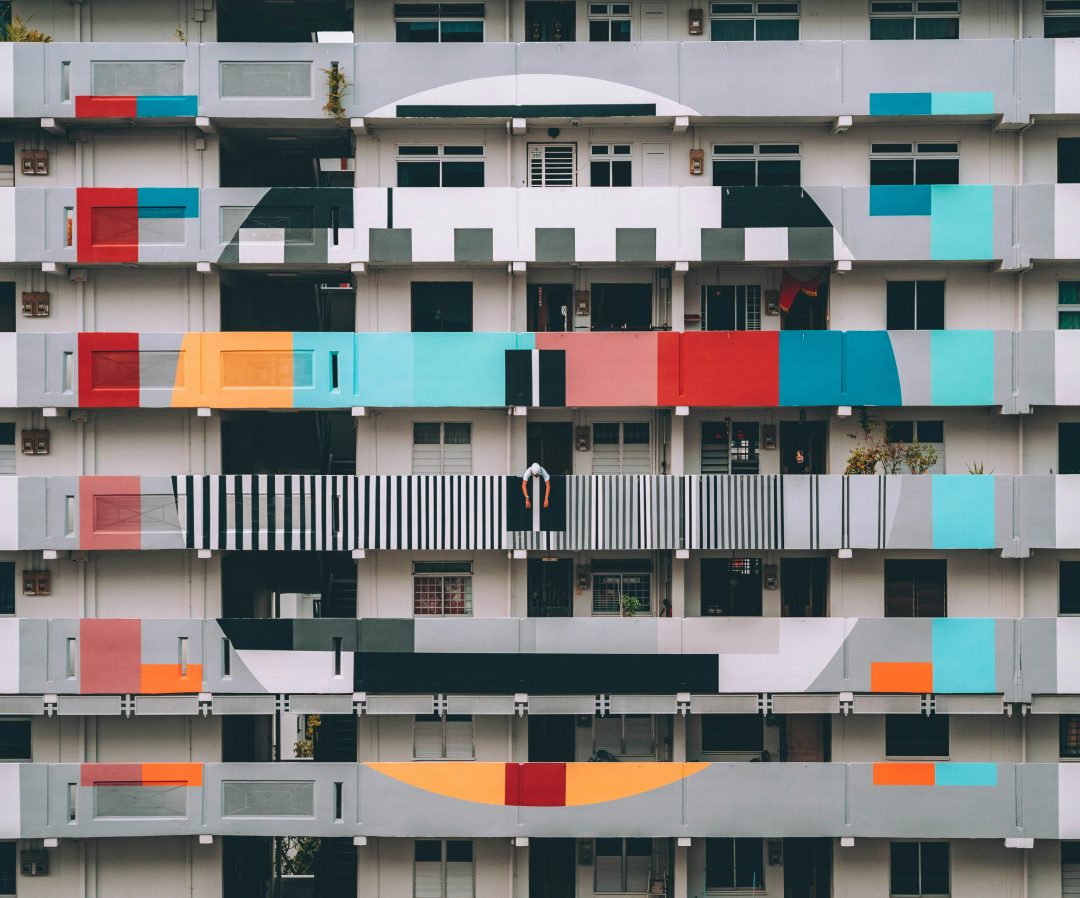 Interesting facade, our Swifties note, though how anyone could live in a small box is beyond them. Photo by Muhd Asyraaf on Unsplash
Interesting facade, our Swifties note, though how anyone could live in a small box is beyond them. Photo by Muhd Asyraaf on Unsplash
They also meet up with a fellow Indonesian who is studying in Singapore.
This friend brings them on a whirlwind tour of Singapore's gastronomic delights spanning famous hawker stalls and high-end restaurants, which leads them to agree collectively that nope, nothing beats Indonesian cuisine.
Satiated and a tiny bit homesick, the four bid farewell to their hotel room and take the MRT to Changi Airport where they board another Scoot flight home.
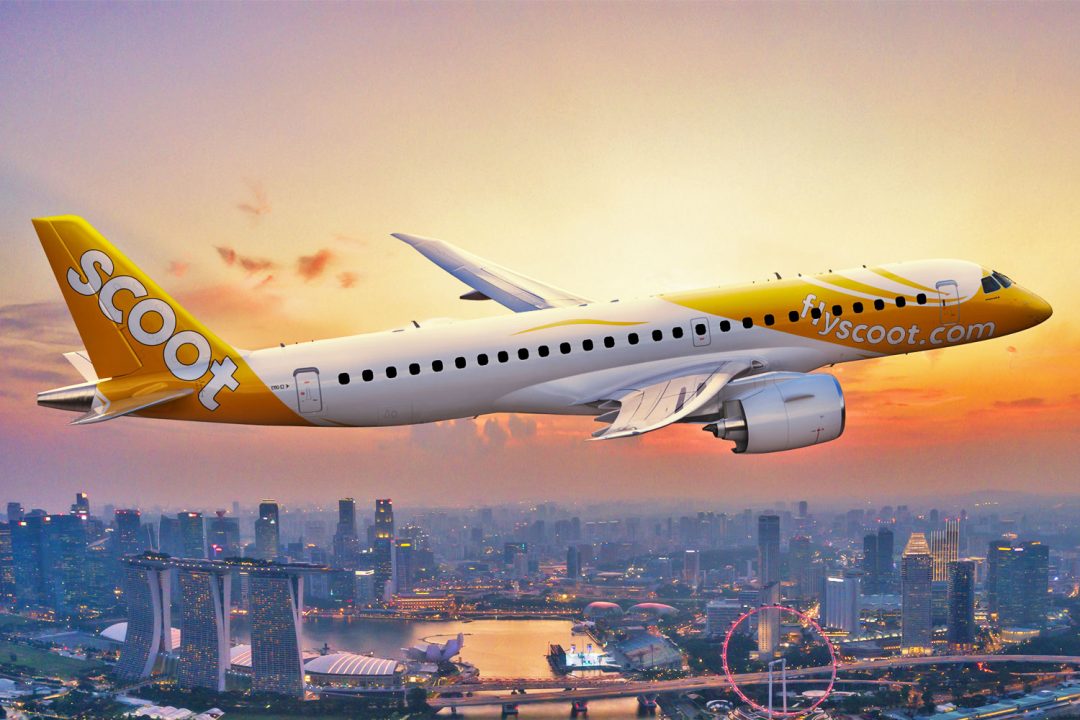 Homebound!
Homebound!
Tourist spending triggers local consumption
At every point along the way where our friends from the Indonesian archipelago spend, that counts as an injection into Singapore's economy.
In other words, they're contributing to the earnings of a local business, be it Scoot, the Grab driver, the hotel, the hawker, the tour guide, the bubble tea shop and so on.
 Tourist spending contributes to the earnings of local businesses. Photo by David Dvořáček on Unsplash
Tourist spending contributes to the earnings of local businesses. Photo by David Dvořáček on Unsplash
Based on the National Stadium's seating capacity, we assume that 300,000 tickets were sold for six nights of the Eras Tour show. Assuming that half of the attendees are locals, it gives us 150,000 foreign Swifties flying to Singapore and spending money here.
Take the scenario above and extend it to the 150,000 foreign Swifties, and you should get an idea, more or less, of the scale of tourist spending brought in by Swift's Eras Tour.
But that is just half of the magic.
The injection of tourist spending triggers local consumption too.
With more income, the taxi driver decides to bring his taxi for a wash at his neighbourhood's Shell station.
Similarly, the bubble tea shop owner treats herself to a restaurant meal, and the tour guide signs up for an English speaking course after receiving feedback that his diction could be improved.
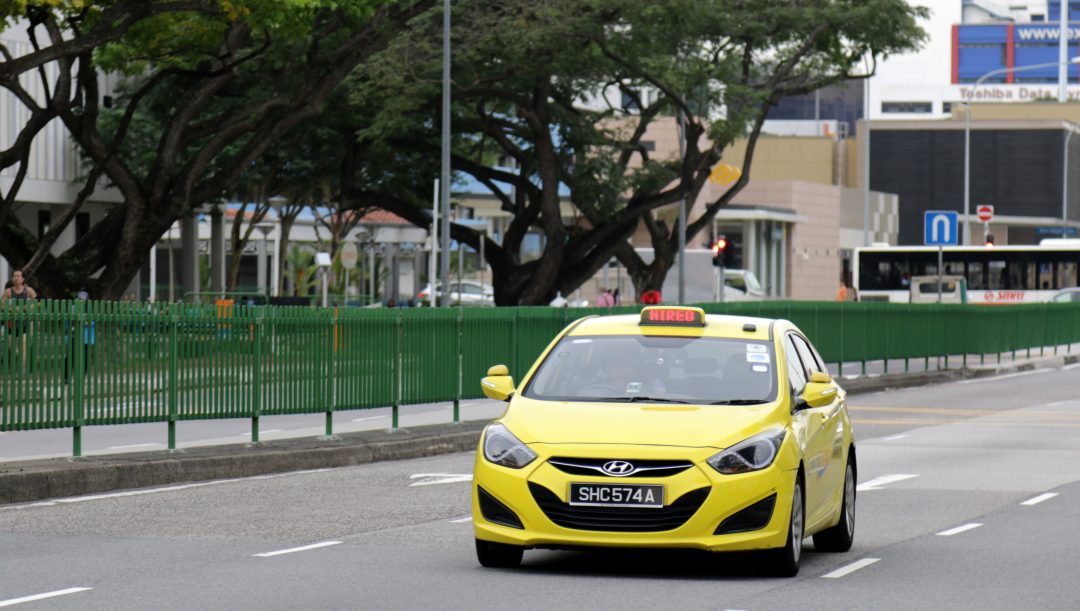 Injection of tourist spending triggers consumption by local workers too, like taxi drivers. Image by Joshua Lee.
Injection of tourist spending triggers consumption by local workers too, like taxi drivers. Image by Joshua Lee.
This leads to another wave of earnings for the Shell station franchisee, the restaurant owner, and the English language course instructor, which in turn triggers another wave of local consumption, so on and so forth.
Stimulating a wider segment of the economy
The beauty of a concert like the Eras Tour is that it attracts attendees with a wide range of spending abilities, compared to a higher-end event like the annual F1 night race.
And this hopefully stimulates a wider segment of the economy.
A Swiftie with the spending power to purchase a S$1,228 VIP 1 category ticket would have the ability to patronise the high-end Koma restaurant — and she might, in hopes of inhabiting the seat that Swift supposedly warmed during her visit.
Conversely, a Swiftie who goes for a S$328 Category 2 ticket in order to spend within her means might choose to limit her food options to the affordable hawker centres and food courts that dot the island.
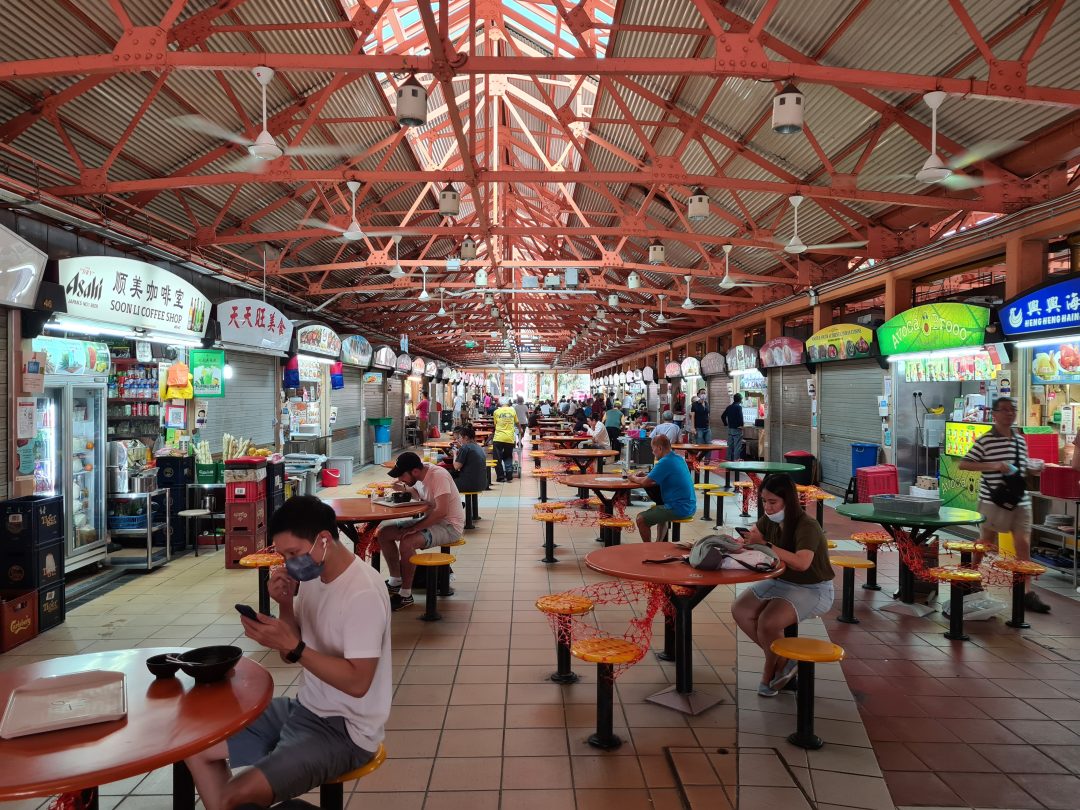 Maybe this Swiftie might visit Maxwell Food Centre to try Tian Tian, though in our books, it is a bit overrated. Image by Joshua Lee.
Maybe this Swiftie might visit Maxwell Food Centre to try Tian Tian, though in our books, it is a bit overrated. Image by Joshua Lee.
Both are attendees of the same event, but they stimulate different segments of the economy.
Our local Swifties are spending too. What about them?
Judging from the crowds that have thronged People's Park Centre in search of beads for friendship bracelets, our local Swifties are spending in the name of Taylor Swift as well.
@mothership.nova now u can rly make your friendship bracelets #tiktoksg #sgconcerts #singaporeconcert #thingstodosg #taylorswift #erastour #taylorswifterastour #tstheerastour #erastoursingapore #taylorswiftsingapore #swiftie #whattoplay ♬ youre on your own kid - gabut woi
There is a case to be made that spending from local Swifties contributes to this economic boost too.
It is of course possible that even without an Eras Tour concert run, local Swifties would spend the money on other things and stimulate the economy anyway.
In Australia for example, Swift's run of seven shows across Melbourne and Sydney was said to have injected about half a billion Australian dollars into the economy.
But KPMG's chief economist said that the net economic boost is closer to A$10 million.
This is because a vast majority of ticket purchases were made by locals who would have otherwise used the money to stimulate the Australian economy elsewhere.
The real concrete economic boost comes from tourists who fly in to see the shows.
It counts as an additional injection into the economy, which wouldn't happen if there wasn't an Eras Tour concert run.
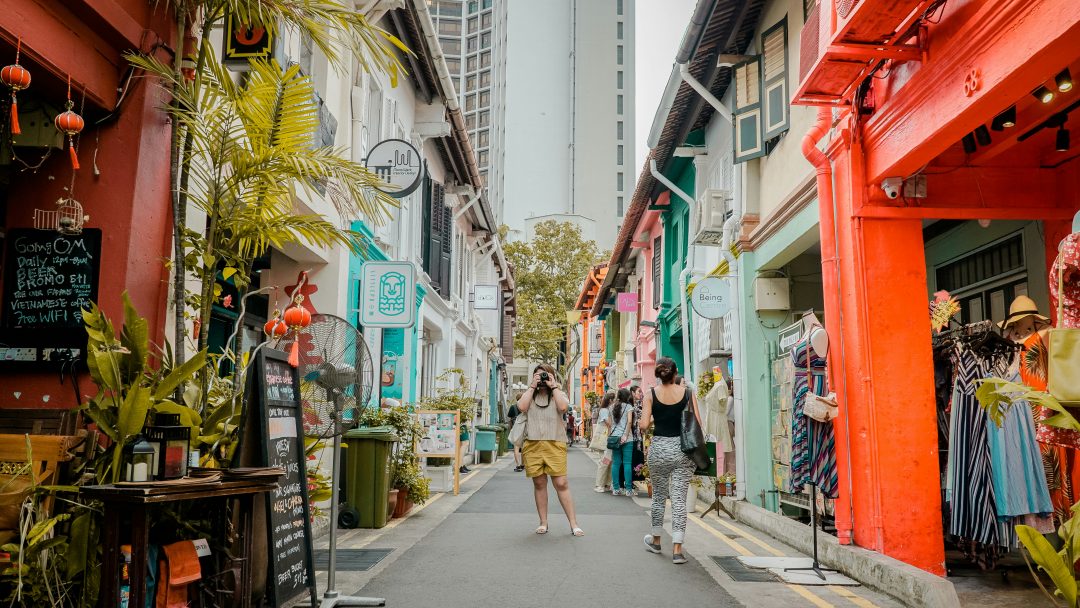 Tourist spending by foreign Swifties count as an additional injection into the economy, which wouldn't happen if there wasn't an Eras Tour concert run. Photo by Bna Ignacio on Unsplash
Tourist spending by foreign Swifties count as an additional injection into the economy, which wouldn't happen if there wasn't an Eras Tour concert run. Photo by Bna Ignacio on Unsplash
This could be the reason why the Singapore government gunned for exclusivity when negotiating with Swift's team; it compels regional Swifties to fly to Singapore and spend here as tourists.
The jury is still out on whether this strategy would bear fruit, but one thing is for certain: Singapore has developed a reputation for being a country that's creative when pursuing its interests, and who just might catch you unaware if you're not ready for it.
If you like what you read, follow us on Facebook, Instagram, Twitter and Telegram to get the latest updates.

